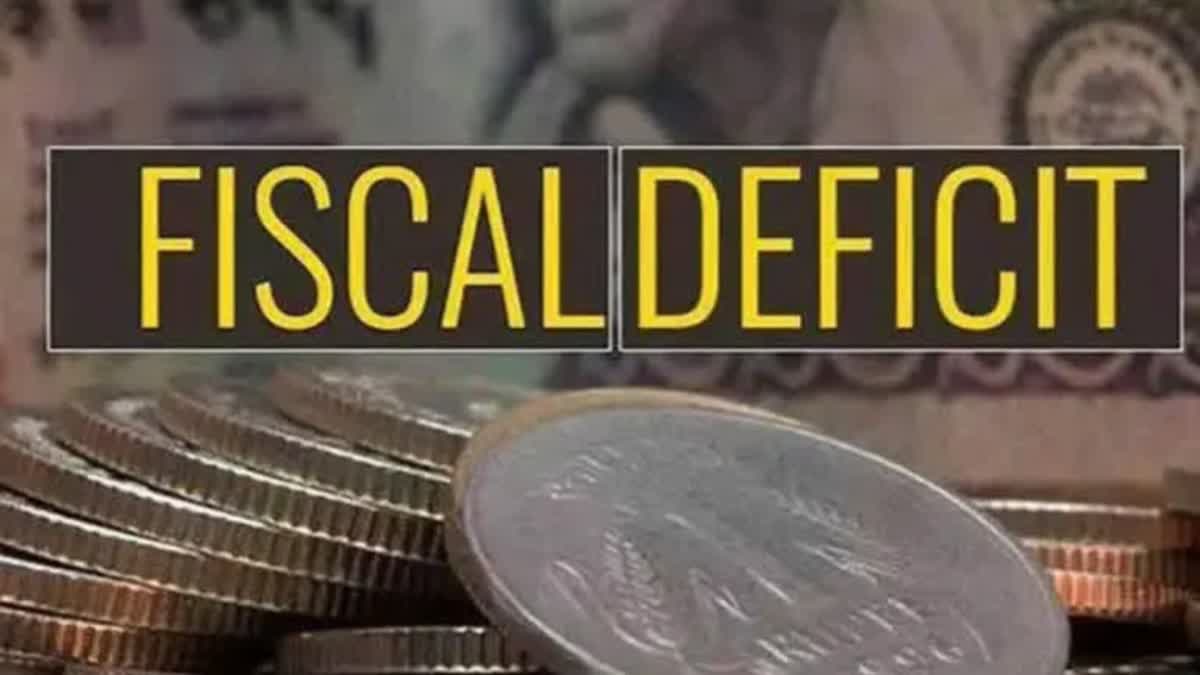India’s capital expenditure has slowed down significantly in the first eight months of the current financial year on a year-on-year basis, according to the latest official data. The government was able to spend over Rs 5.13 lakh crore on infrastructure development between April to November this year which is just 46.2 per cent of the budgeted expenditure as against 58.5 per cent last year, showed the latest official data released by the Controller General of Accounts on Tuesday.
Finance Minister Nirmala Sitharaman has allocated an all-time high of Rs 11.1 lakh crore in this year’s budget for infrastructure development that includes building roads, highways, schools and hospitals, airports and seaports, and power plants, among other such things that are considered necessary for national development and employment generation.
However, the first eight months of capital expenditure show that the ministries and departments are not able to keep pace with the planned expenditure.
For FY 2023-24, the government has allocated Rs 10.8 lakh crore and despite the election year, the authorities were able to spend 58.5 per cent of the budget estimate in the first 8 months of the last fiscal.
Fiscal deficit at 52.5 per cent
The monthly government account data also showed that the government borrowed over Rs 8.46 lakh crore in the first eight months as against the budget target of over Rs 16.1 lakh crore. The government’s overall borrowing requirement in a financial year is reflected as the fiscal deficit has been 52.5 per cent of the yearly target as against 50.7 per cent during the same period of the last financial year.
In other words, despite a decline in capital expenditure in the first eight months on a y-o-y basis, the government’s fiscal deficit has gone up during the same period on a y-o-y basis. The fiscal deficit was 50.7 per cent during the same period of the last financial year.
Under the Fiscal Responsibility and Budget Management Act of 2003, the government is obliged to keep the fiscal deficit under the target set under the law.
Under the law, the finance minister is also required to furnish a statement on the fiscal policy of the government to the Parliament while presenting the Union budget. As per the law, the Centre was required to bring down the fiscal deficit to 3 per cent of the GDP by FY 2020-21 but in the revised budget estimates for FY 2023-24, the Centre had revised the fiscal deficit target to 5.8 per cent of the GDP and is committed to bringing it down to 4.5 per cent of the GDP in FY 2025-26.
Revenue deficit at 61.5 per cent
The revenue deficit, which is the difference between the revenue expenditure and revenue receipts of the government, has also gone up considerably on a y-o-y basis in the first eight months. The Union government’s revenue expenditure has been estimated at over Rs 3.57 lakh crore as against the budget estimate of over Rs 5.8 lakh crore for the fiscal, which is 61.5 per cent of the budget estimate. The revenue deficit was below 40 per cent during the same period of the last fiscal.
Revenue Receipts
Revenue receipts which are the primary source for the government funding have been estimated at over Rs 18.7 lakh crores as against the budget target of over Rs 31.29 lakh crores. Revenue receipts during the first 8 months of the fiscal are 59.8 per cent of the budget estimate as against 65.3 per cent during the same period of the last fiscal.
Similarly, the Centre’s net tax revenues have been estimated at over Rs 14.43 lakh crores as against the budget estimate of Rs 25.83 lakh crore which is 55.9 per cent in the first eight months as against 61.6 per cent during the same period of the last financial year.
As far as non-tax revenue receipts of the Centre are concerned, the government was able to get Rs 4.27 lakh crores in the first eight months of the fiscal as against the budget estimate of over Rs 5.45 lakh crores which is 78.3 per cent of the budget estimate. The government was able to collect 94.3 per cent of last fiscal’s non-tax revenue receipt target during the same period of the last fiscal.
How is the Centre financing its deficit?
As per a cautious strategy, the Centre relies on domestic sources to fund its deficit which is basically the difference between excess expenditure over its own sources of revenue.
For example, during the first eight months, the government has raised over Rs 8.29 lakh crores from domestic sources in the first eight months of this fiscal as against just Rs 17,000 crores from external sources.
Major domestic sources of the government’s deficit financing in the first eight months are: market borrowings (Rs 3.24 lakh crores), securities against small savings (Rs 1.38 lakh crores), borrowings from the National Small Saving Fund (Rs 1.028 lakh crores), Savings Deposit and Certificates (Rs 2.81 lakh crores), and income/expenditure of NSSF (Rs 64,499 crores).
Other sources of domestic financing of deficit also account for over Rs 1 lakh crore in the first eight months.
Subsidy bill
During the first 8 months, the government spent over Rs 2.79 lakh crores in giving financial assistance to the needy and poor sections of the society. The total subsidy bill during this period is 73 per cent of the budget target of over Rs 3.81 lakh crores. During the same period last fiscal, the government spent over Rs 2.42 lakh crores in subsidies which was 65 percent of the budget estimate of the last fiscal.
In this fiscal, the government has spent over Rs 1.51 lakh crore on giving subsidized ration to the needy and poor, over Rs 37,000 crores on nutrient and fertilizer based subsidy, over Rs 84,000 crore on urea subsidy, and over Rs 6,000 crore as subsidy on petroleum products.



